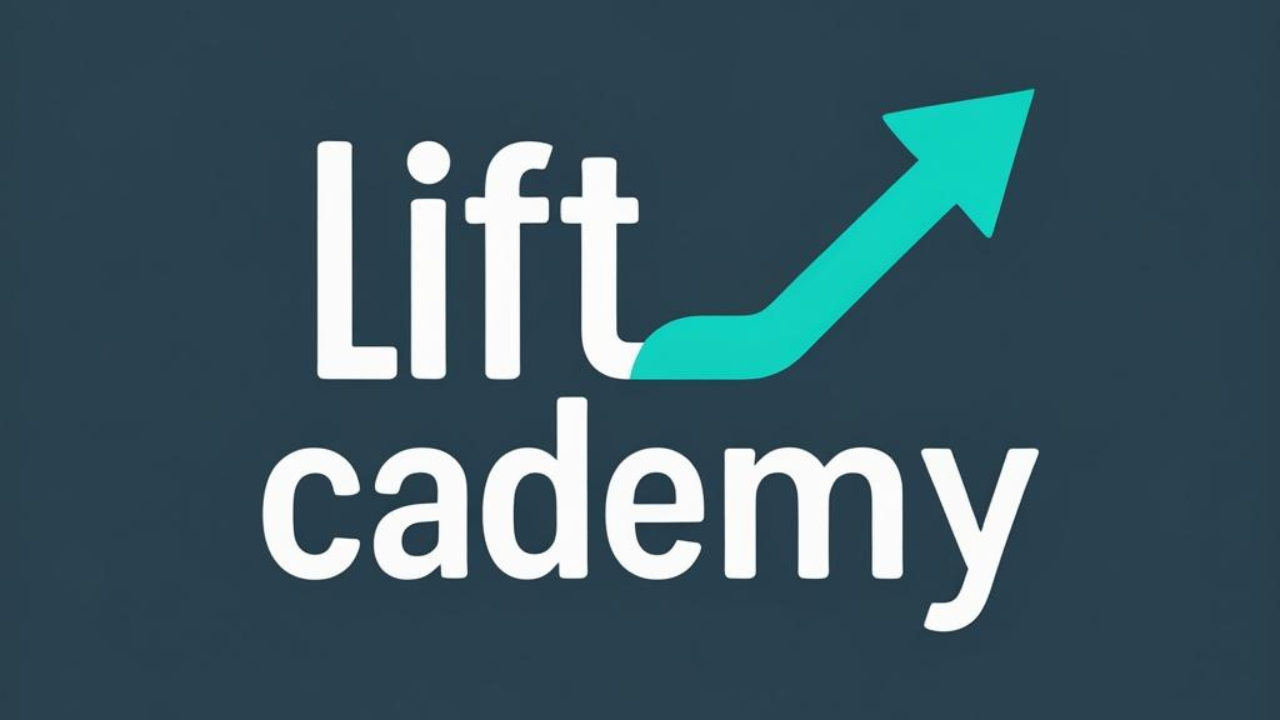Hi doctor,
Welcome to this training on lip filler and contouring techniques. Lips are one of the most requested treatments in aesthetic practice — but also one of the most nuanced. You’re not just adding volume — you’re sculpting, shaping, and enhancing expression and proportion.
In this lesson, I’ll walk you through my exact approach to lip filler, including lip anatomy, product choice, injection techniques, aesthetic goals, and how to avoid common mistakes. Whether you’re treating a first-timer or refining an experienced lip filler patient, this is essential knowledge.
Let’s get started.
💋 The Purpose of Lip Filler
Lip injections aren’t just about making lips “bigger.” When done well, they can:
- Define the vermilion border
- Enhance the Cupid’s bow
- Balance asymmetries
- Restore age-related volume loss
- Improve lip hydration and texture
- Elevate the entire perioral region
Your goal isn’t volume — your goal is contour. Volume is just a byproduct when needed.
🧠 Lip Anatomy You MUST Know
Lips are highly vascular and dynamic, which is why you must respect anatomy at all times.
Key landmarks:
- Vermilion border – the sharp edge of the lip
- Cupid’s bow – central “M” shape on the upper lip
- Philtrum columns – vertical ridges above the bow
- Oral commissures – corners of the mouth
- Tubercle zones – central and lateral lip bulges (especially lower lip)
- Superior labial artery – runs close to the vermilion border; risk of occlusion
Because of high movement and blood supply, the lips are high risk for swelling, bruising, and vascular compromise — technique is everything here.
✅ Good Candidates for Lip Contouring
This includes patients who:
- Want to enhance shape, not just size
- Have naturally flat or asymmetric lips
- Show signs of aging (wrinkling, volume loss)
- Want more definition in the Cupid’s bow or philtrum
- Are looking for a natural, balanced outcome (not overfilled)
You can also use lip filler for:
- Beautification in younger patients
- Rejuvenation in older patients
- Correction in post-surgical or trauma cases
💉 What Filler Do I Use?
For lips, we need a soft, elastic filler that integrates well and moves naturally with expression.
My preferred characteristics:
- Medium G-prime – enough structure for shape, but soft enough for movement
- High flexibility – for dynamic expression
- Low swelling potential
My go-to products:
- Restylane Kysse
- Teosyal RHA 2 or 3
- Juvéderm Volbella or Ultra XC (for softer lips)
- Belotero Balance (for very subtle hydration or lines)
Avoid hard or overly firm fillers in this area — they can look unnatural and cause stiffness.
✍️ Injection Techniques
There are many styles, but here’s how I approach contouring and shaping, not just volumizing.
🔹 1. Vermilion Border Definition
- Use a 27G or 30G needle
- Inject very superficially, just inside the white roll
- Use linear threading or small retrograde lines
- Go slow and use tiny amounts — about 0.05–0.1 mL per side
- Don’t overdo it — too much here looks stiff or ducky
🔹 2. Cupid’s Bow Enhancement
- Define the two peaks using microdroplets
- Optional: highlight the philtrum columns to lift the bow
- Focus on symmetry, not height — too much can distort the smile
🔹 3. Tubercle Support (Body of the Lips)
- Use small boluses or retrograde threads in the central and lateral tubercles
- Always keep balance between the upper and lower lip
- Lower lip should be slightly fuller than upper (1:1.6 ratio)
- Do not inject too lateral — avoid filler migration
🔹 4. Vertical Columns / Hydration (Optional)
- For older patients or wrinkled lips, you can use superficial fanning
- Use soft filler with a 30G needle or cannula
- Inject just under the mucosa to smooth fine lines
💉 Cannula vs Needle?
I typically use a needle for shaping, and cannula for volume blending or bruising-prone patients.
- Needle gives more precision
- Cannula minimizes bruising and swelling but may not define as well
Choose based on the patient’s anatomy, pain tolerance, and goals.
🧊 Aftercare Tips
I always tell patients:
- Expect swelling for 1–3 days
- Bruising is common — avoid alcohol, heat, and exercise for 24–48 hours
- Use cold compresses, avoid makeup on the lips for the first day
- Results settle in about 1–2 weeks
Remind them: Lips are dynamic — they need time to soften and settle.
⚠️ Complications & Red Flags
| Problem | Cause | What to Do |
|---|---|---|
| Lumpiness | Superficial or uneven injection | Gentle massage or dissolve |
| Asymmetry | Injection error or swelling | Follow-up touch-up after 2 weeks |
| Swelling | Normal reaction | Ice, antihistamines if needed |
| Vascular occlusion | Intravascular injection | Hyaluronidase + emergency protocol |
| Migration | Too much filler or poor placement | Dissolve or wait + reduce volume |
Always inject slowly, aspirate, and stay focused — lips are small, but high-risk.
👄 Final Thoughts
Lip filler is about shape, not just size. It’s about control, technique, and aesthetic balance. Don’t just follow trends — sculpt lips that look natural and elegant, whether your patient is 25 or 65.
A beautiful lip result isn’t about how much you inject — it’s about where, how deep, and how precise.
🎓 Want the Full Step-by-Step Video?
In my online video course, I walk you through real lip injections:
- Full mapping of the lip zones
- Needle and cannula demonstrations
- My technique for borders, body, and Cupid’s bow
- Complication management and before-after review
- My injection patterns for both beautification and anti-aging
Everything is 100% online — no in-person training needed.
👉 Click below to enroll:
🔗 Join the Lip Filler Masterclass Now (Insert your Kajabi link)
See you inside the course — let’s elevate your lip technique, safely and beautifully.
